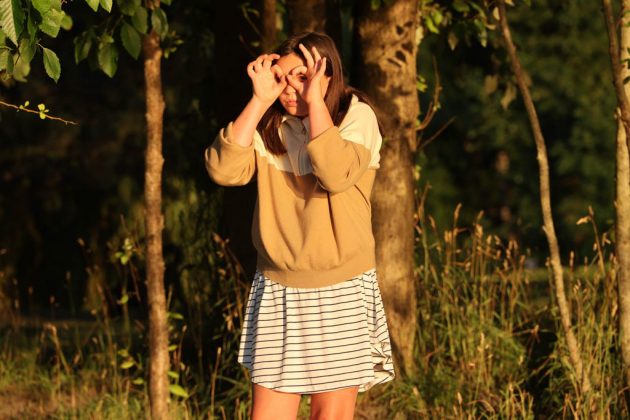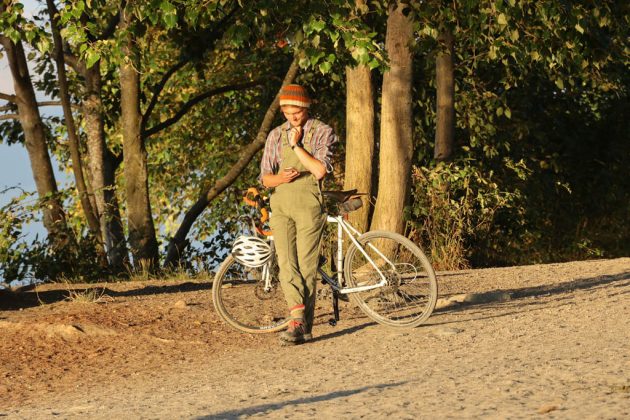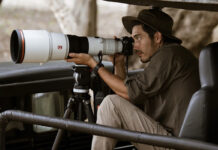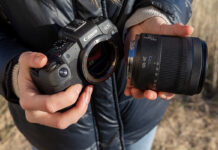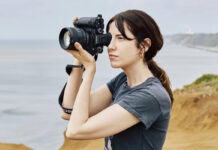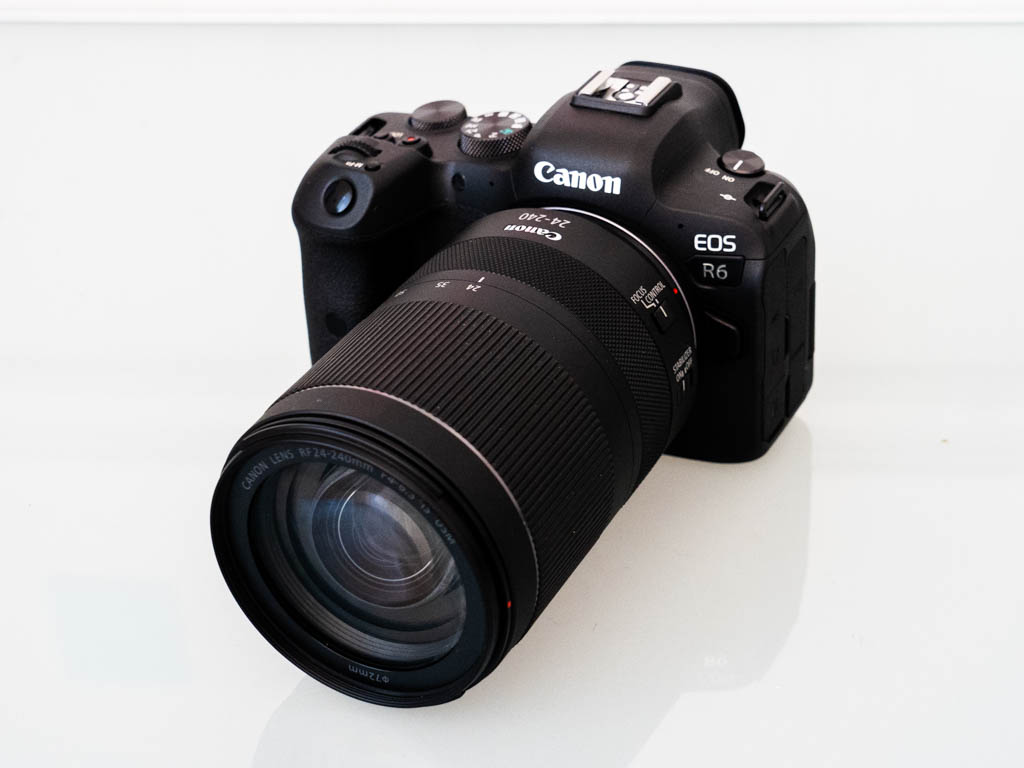
For a very long time Canon was considered one of the top camera manufacturers in the world, consistently producing well-designed cameras that delivered fantastic results. However, as the mirrorless camera revolution took hold, Canon was conspicuous by it’s failure to produce a notable mirrorless release. Recently, however, Canon has announced the release of two very exciting mirrorless cameras—the EOS R5 and the EOS R6.
Today I’m reviewing the EOS R6 and asking—can it live up to the hype?
Standout features of the Canon R6
The EOS R6 has 20.1 megapixel full-frame CMOS sensor with an impressive ISO range of 100-102400. Canon definitely wants the R to be considered a low light master, and later on we’ll look at some photos to see how well it does. Additionally, Canon is very proud of the autofocus performance, citing the “high-speed, precise AF” Dual Pixel CMOS AF II system. Eye detection is almost standard by now but the R6 comes with head detection too, which can even pick up the back of your subject’s head. Continuous shooting of up to 12fps mechanical or 20fps electronic shutter is pretty impressive. The R6 comes with a new 5-axis in-body image stabilization system, which can provide up to 8 stops of stabilization when combined with one of Canon’s stabilized lenses.
Video features of the Canon R6
There are a couple of interesting features on the video side of things too. The R6 can shoot full HD at up to 120fps, but it can also shoot 4K at up to 60fps, which not a lot of cameras can do. It’s also the first Canon camera to shoot in log mode and with 10 bit, 4:2:2 color, which makes it a good option for shooting professional video.

First impressions
As I mentioned earlier, Canon are renowned for making great cameras, and as soon as I unboxed the R6 I could tell that it was solid, well-built camera. It does, however, feel quite small in the hand, reminding me more of an EOS Rebel than, say, a 6D. The problem I find with smaller camera bodies is that my little finger slips under the camera and so I’m gripping with just three fingers, which is not ideal. I was glad that Canon provided me with the optional battery pack, and I think this is an essential accessory for those shooters like myself with bigger hands. The R6 is weather sealed, dust & water resistant, as expected. I would not hesitate to shoot with this camera in most weather conditions. Once again, hats off to Canon—they know how to make solid cameras.
Vari-angle LCD screen
I reviewed the Canon EOS RP last year, one of Canon’s first major mirrorless releases, and one of things I criticized was the rear panel and the four buttons on the left that I found a little redundant. Well it looks like Canon agreed with me. That real estate has been given over to making one of the best vari-angle LCD touchscreens I’ve used. You can face it in absolutely any direction you want, and also turn it inward facing to prevent damage. Additionally this touchscreen allows you to access all of the features of the R6 as well as all of the menu items. Although this may seem unsurprising for a camera released in 2020, my own Sony a7iii lacks this feature, so I was really pleased to see it on the R6.
Check out my full review of the Canon EOS RP


Autofocus performance
Today’s autofocus systems have become so technical and jargon-filled that they can be hard to wrap your head around. The R6 has a whole submenu dedicated to tweaking autofocus settings, and I have to be honest—it’s a bit overwhelming. I find myself with a nagging doubt when I’m shooting about whether I’ve chosen the right settings. At the end of the day all I want to know is—can I get the shot? Well the best test I could think of for the R6 was a trip to the local dog beach. Lots of energetic canines racing to and fro, perfect subjects for an autofocus test. It also helps that the eye-detection setting on the R6 can be set for animals.
What I discovered is that shooting dogs in full flight should be used as the benchmark by which all autofocus systems are measured. I was able to get some really great shots with the R6, as you’ll see in the gallery below, but I also had plenty that were out of focus. The biggest challenge for the R6 seemed to be when a dog was charging towards me at full speed and I was shooting wide open at f/4. Wide apertures are always going to be the a challenge because the depth of field, that range within which the image is sharp, gets narrower as the aperture gets wider. In one particular burst of images the R6 worked really hard to track the dog, but just couldn’t nail the focus consistently. I did get the following shot from that series though, which I am very happy with.
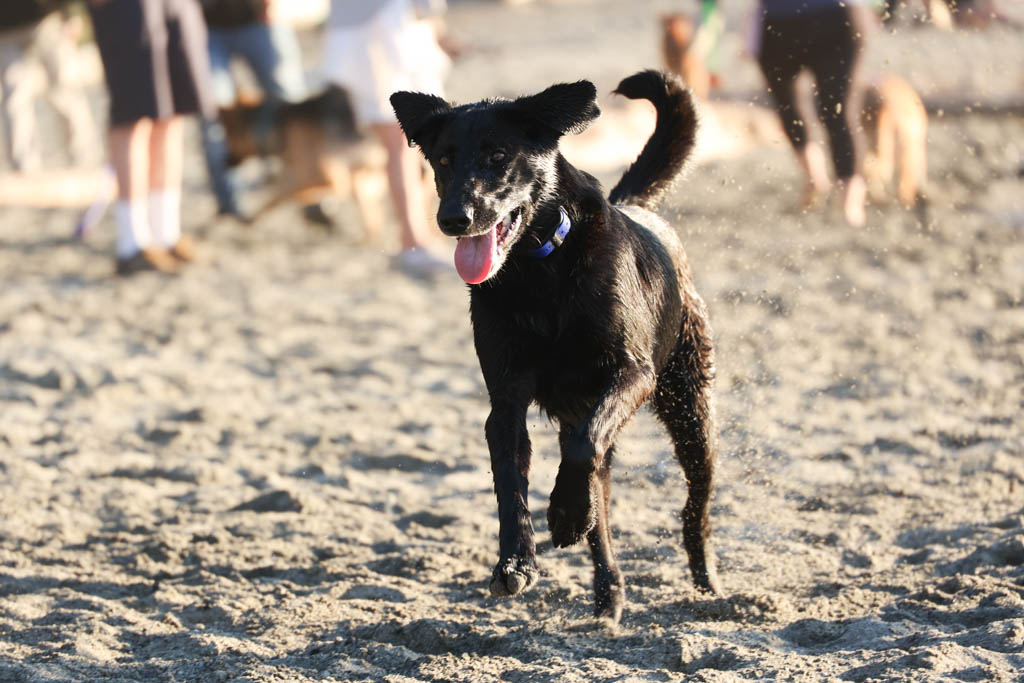
As I stated earlier, there are lots of ways to tweak the autofocus settings of the R6, and I had very limited time with the camera, so it’s possible that I could get more consistent focus performance with the camera with a little practice. Nonetheless, I would have to say that overall I was very impressed with the autofocus performance, and this is one of the best cameras I’ve ever used in that regard.
Low-light performance of the EOS R6
The EOS R6 has two things working in it’s favour when it comes to low-light performance: firstly, the high ISO, which goes all the way to 102400. Secondly, the in-body image stabilization which provides up to 5 stops of stabilization, or up to 8 stops when paired with one of Canon’s stabilized lenses. I was shooting with the RF 24-240mm F4-6.3 IS USM lens so I did have the benefit of those full 8 stops of stabilization. Like autofocus performance, stabilization performance can be hard to assess in real life situations. That being said, there is no way I could take a photo like the following one at 240mm and 1/25th of a second and get a sharp image with some serious stabilization.

The ISO for that image was set to 25600, and while the noise is noticeable, it is by no means bad, so I would have to say that the EOS R6 is definitely a serious low-light performer. Just to give a little context, the photo above was shot at 9.38pm, and the sun had set a few minutes before 9pm that night, so it was pretty dark out! Soon after that there was so little light that the autofocus really struggled to pick up my subject.
Conclusion
Although I didn’t have nearly as much time as I would have liked with the R6, I was very impressed with this camera. I believe that Canon has reestablished it’s reputation among the very best camera manufacturers, and the R6 is going to be a very popular camera amongst camera enthusiasts.










